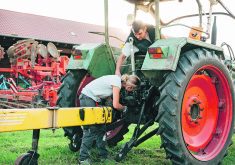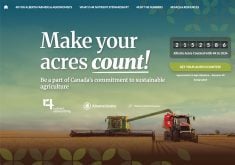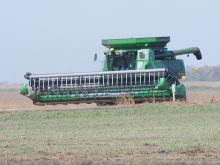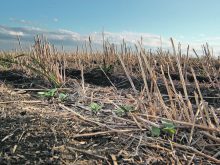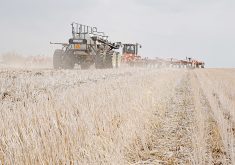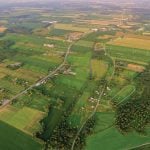Agriculture sector urged to take the environmental, social and governance movement seriously as it is adopted globally
Sustainability may be a fuzzy concept for Canada’s agriculture and food sector but if the country is to meet fierce competition for global markets it had best get it figured out, said food industry analyst David McInnes.
“We think Canada is one of the safest most sustainable food systems on the planet,” he said.
But Yale University’s Environmental Performance Index ranks Canada as 64th in the world. The Economist’s Food Sustainability Index puts it at 36th while the United Nations Sustainable Development Goals’ (SDG) number for Canada is 29th.
Read Also
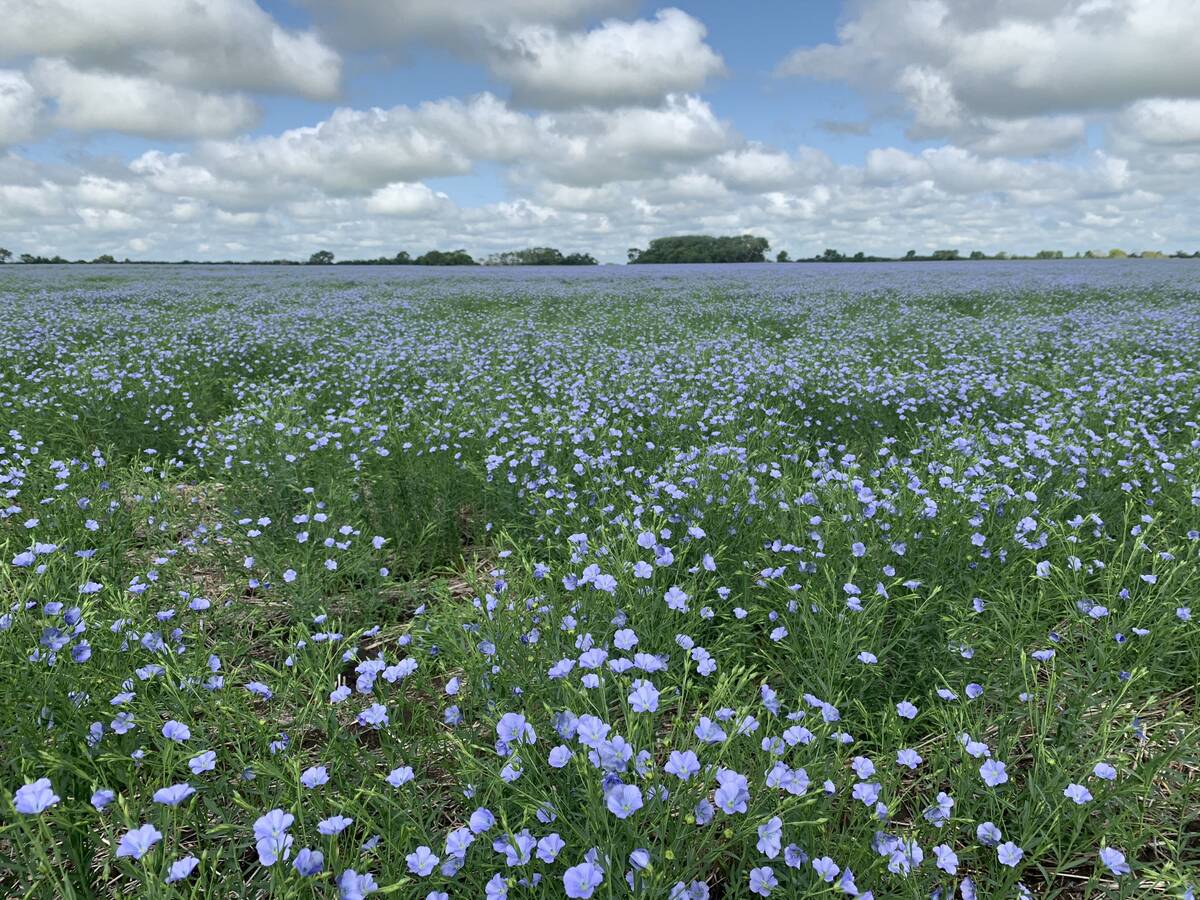
Flax sector sees omega-3 opportunity
SASKATOON — A global shortage of omega-3 oils could be an opportunity for the flax sector, says an industry official….
“Remember, we are a G7 nation,” McInnes said. “We are being benchmarked, whether we do anything about it or not.”
McInnes is principal at DMci Strategies and a fellow at the Arrell Food Institute at Ontario’s University of Guelph. He was presenting on the progress of the National Index on Agri-Food Performance (agrifoodindex.ca) initiative at the GrowCanada conference in Ottawa in December.
Other countries are already creating and using their own sustainability indices to position their countries’ agriculture and food sectors as preferred suppliers to major markets. McInnes said importing nations are increasingly asking how their suppliers measure up on environmental, social and governance (ESG) factors. Providing answers is not optional.
“Mandatory ESG is coming,” McInnes said. “What does that mean for you? And for the sector?
“Around the world, countries are doing this. Australia and New Zealand want to ensure access to EU and other markets that are demanding sustainability criteria to import.”
To help Canada get on board, a handful of partners got together in early 2020 to map out a made-in-Canada measure, a stamp of sustainability trusted by markets and the consumers in them.
“Everyone is trying to position themselves competitively on the issues of trust and sustainability,” McInnes said. “Canada’s got a huge opportunity here if we do it right around how we express our leadership around sustainability.”
As the initiative grew, more organizations came on board, eventually including 113 partners. These include producer organizations, universities, government research and funding agencies, financial institutions, environmental non-governmental organizations and industry heavy hitters such as Corteva, Nutrien, Maple Leaf Foods and A&W.
By May 2022, the partners had come up with a series of 20 proposed indicators, 50 sub-indicators and more than 100 metrics to go into the four quadrants of the proposed Canadian index. McInnes stressed this was a bottom-up approach.
“They came up with — you came up with — these measures and metrics.”
The first three quadrants of the index are summarized as environmental impact, economic viability and societal well-being, or “planet, profit, people.” The partners added a fourth category, food integrity, as a Canadian imperative.
McInnes said economics should be considered first.
“Let me start with probably the most important: if you don’t have profitable farms, profitable companies, you cannot talk about sustainability.”
That said, social well-being also factors prominently: issues such as food security, social inclusion and animal care. McInnes said the greatest number of measurement metrics fall in this quadrant.
Food integrity, or safety, looked at issues such as traceability and antimicrobial resistance. This quadrant was added as a known area of Canadian strength, so was easier to back up.
“Over 98 percent of the foods tested are deemed to be safe by our regulator,” McInnes said. “That number is not seemingly readily at hand but it’s a real statement of how safe our food is.”
The fourth quadrant, environment, covers issues such as greenhouse gas emissions, soil, water, biodiversity, crop inputs, food waste and packaging.
With the framework for the index built, the group is now tackling the challenge of pulling together the data to back it up. Some areas such as food production had good data on greenhouse gas emissions, but there is little, for example, on pesticide intensity or biodiversity. McInnes said there are data gaps everywhere, but the group is united.
“What was really, really important to me was that the partnership didn’t just come together over the months to come up with things to measure. They started to drive consensus on the gaps.”
The next step will be to test the index with a pilot program of 10 projects that will take the initiative into the spring of 2023. A few partners are applying the proposed draft index in its preliminary form as well. Ultimately, the aim is to establish a Canadian Centre for Agri-Food Benchmarking to take the lead.
McInnes cautioned that a critical issue will be how to build credibility and trust around the index while avoiding what he called “greenwashing risk.”
“This is going to be really hard. We want to talk about leadership, we want to talk about progress but it’s hard to do when there’s such a skepticism and issues around how we communicate.
“It would be a shame if we went through all this work and you have a couple of adjectives in there that just turn people off.”



